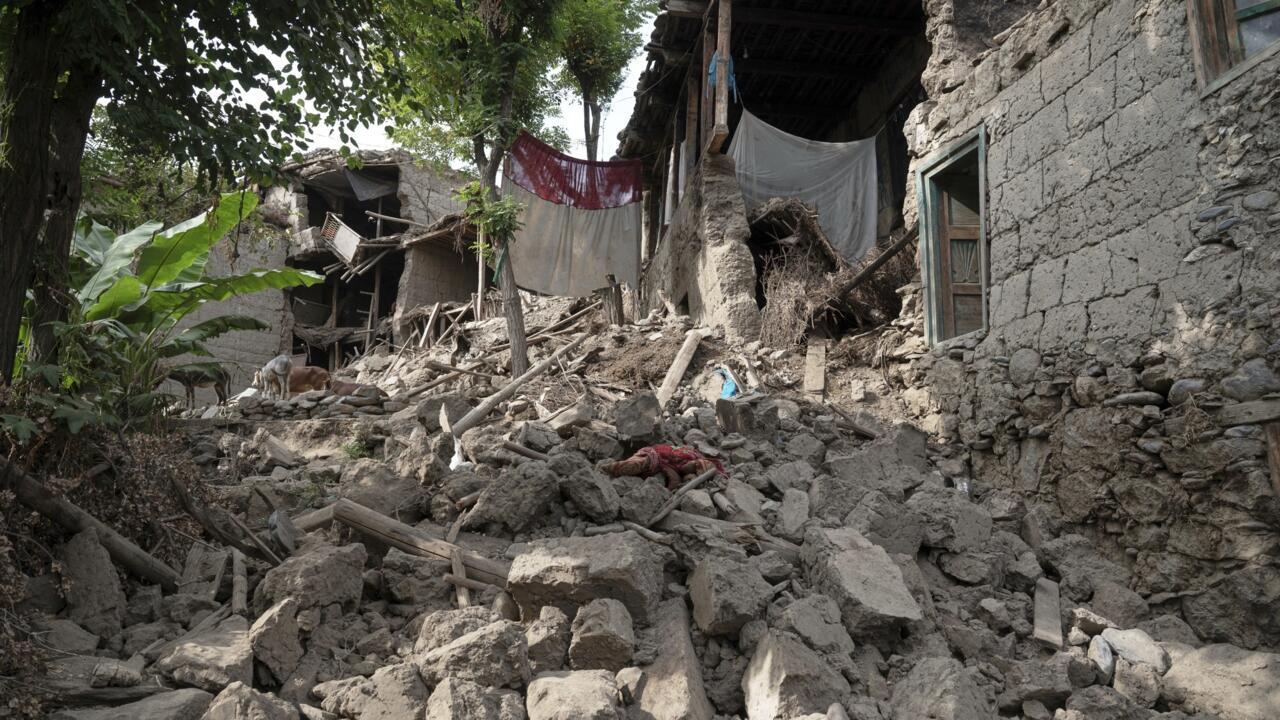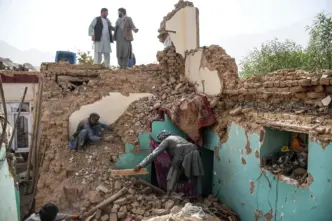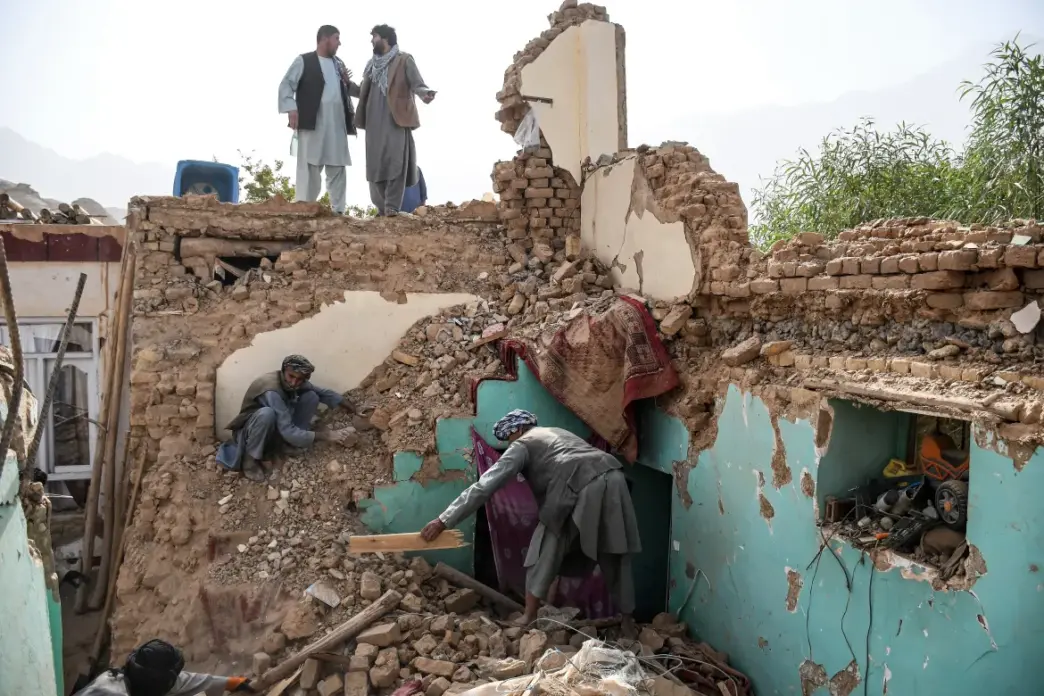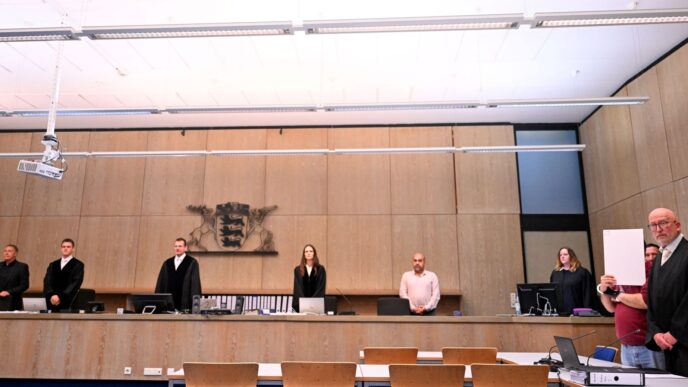At least 20 people have been killed in a powerful earthquake that struck northern Afghanistan overnight, officials said on Monday, just months after another deadly tremor devastated parts of the country.
The 6.3-magnitude quake hit at a depth of 28 kilometres (17 miles) near the city of Mazar-i-Sharif, according to the US Geological Survey.
Health ministry spokesman Sharafat Zaman told reporters that “534 people have been injured, and more than 20 fatalities have been recorded in Samangan and Balkh provinces.”
Residents in Mazar-i-Sharif, one of Afghanistan’s largest cities, rushed into the streets as buildings shook.
The city’s famous Blue Mosque — a 15th-century architectural landmark known for its striking turquoise tiles — suffered visible damage, with parts of its minaret collapsing onto the grounds.
Tremors were also felt in Kabul, around 420 kilometres to the south, AFP correspondents reported.

Poor communication systems and weak infrastructure in Afghanistan’s mountainous terrain have historically delayed rescue and relief efforts, often preventing access to remote areas for hours or even days.
The Taliban’s defence ministry said it had reopened the main road linking Mazar-i-Sharif and Kholm after clearing debris and rescuing stranded travellers.
“Numerous homes have been destroyed, and significant material losses recorded,” deputy government spokesman Hamdullah Fitrat posted on X.
The disaster marks yet another blow for Afghanistan’s Taliban-led administration, which has faced three major earthquakes since taking power in 2021. Foreign aid — once crucial to the economy — has dwindled significantly under international sanctions.
In August, a 6.0-magnitude quake in eastern Afghanistan wiped out entire villages and killed more than 2,200 people. The World Bank estimated the damage at $183 million.
Earthquakes frequently strike Afghanistan, particularly along the Hindu Kush range where the Eurasian and Indian tectonic plates meet.
Major quakes in Herat in 2023 and Nangarhar in 2022 also caused hundreds of deaths and destroyed thousands of homes.
Many Afghan houses, especially in rural areas, are poorly constructed and unable to withstand strong tremors.
The country remains gripped by a severe humanitarian crisis worsened by drought, economic restrictions, and the forced return of refugees from Iran and Pakistan.
The United Nations and aid groups continue to warn that hunger and poverty are rapidly increasing across the nation.


 Trending
Trending 













